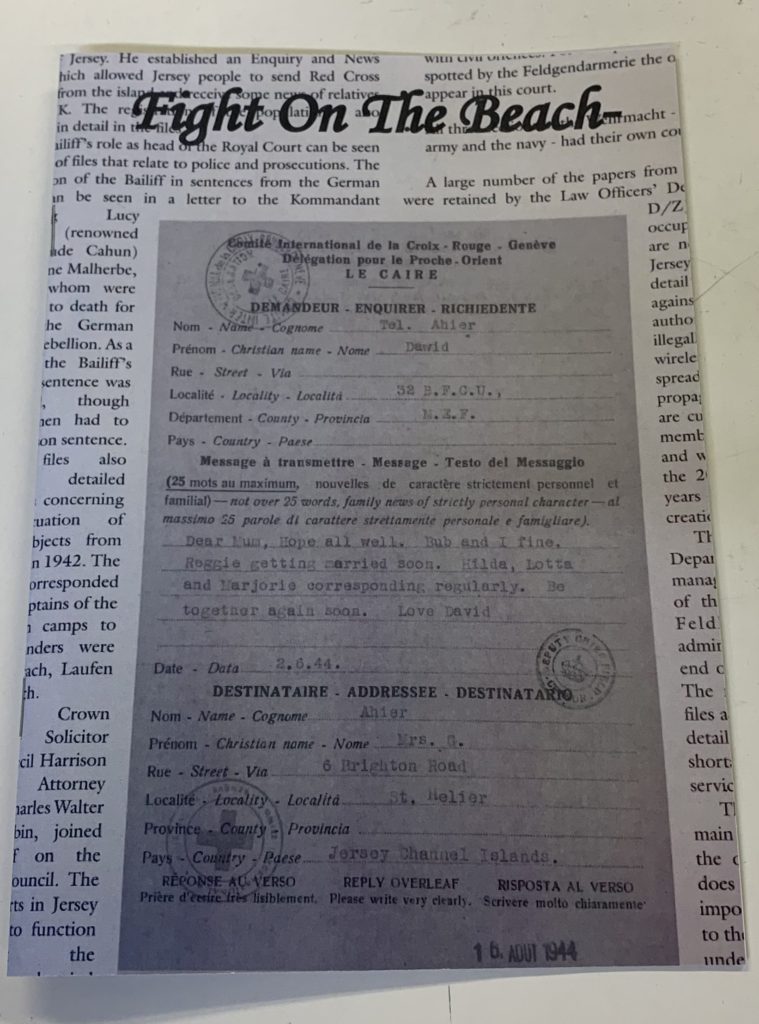
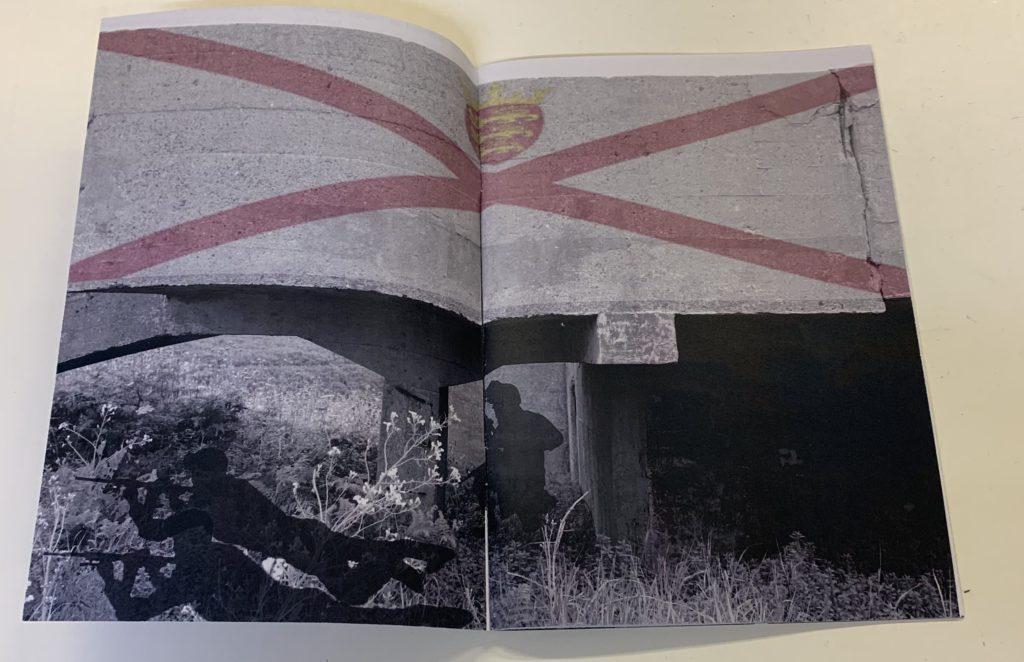
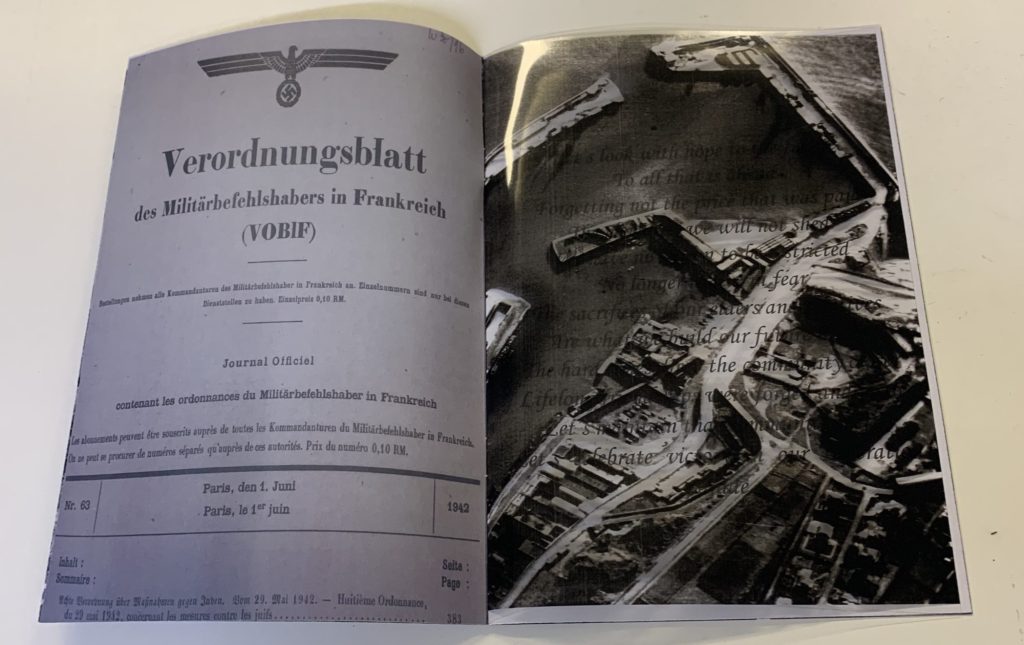

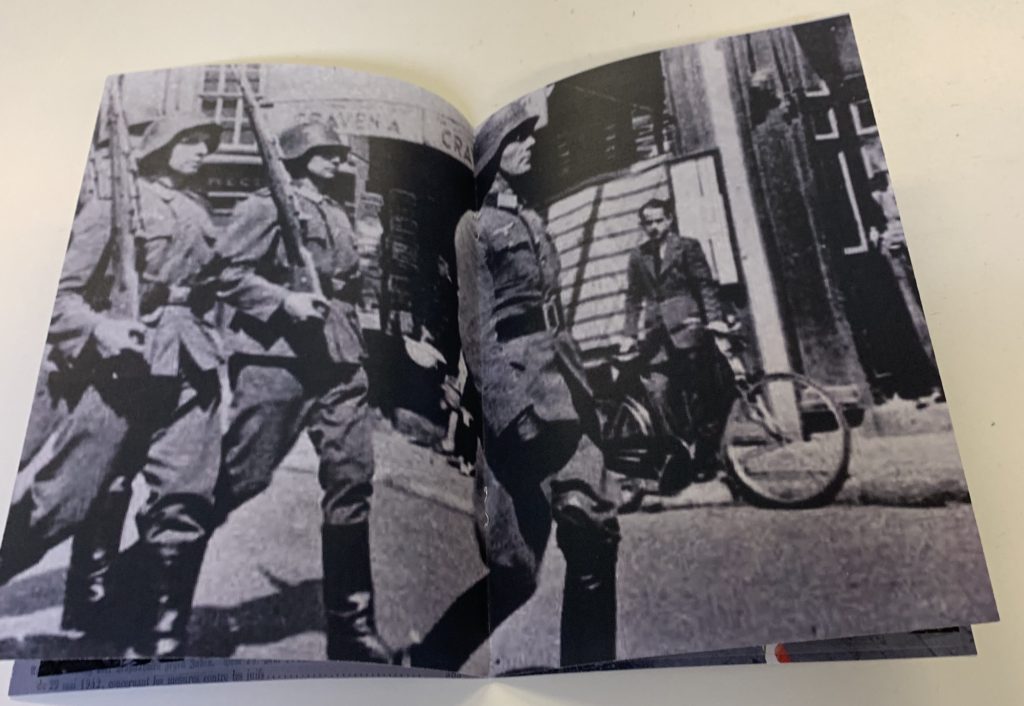

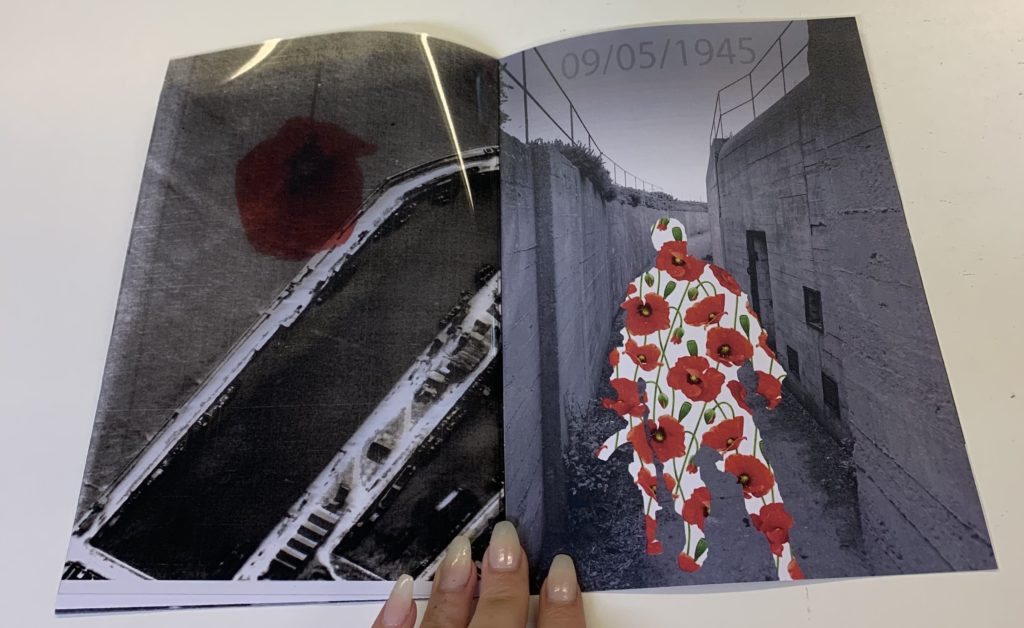

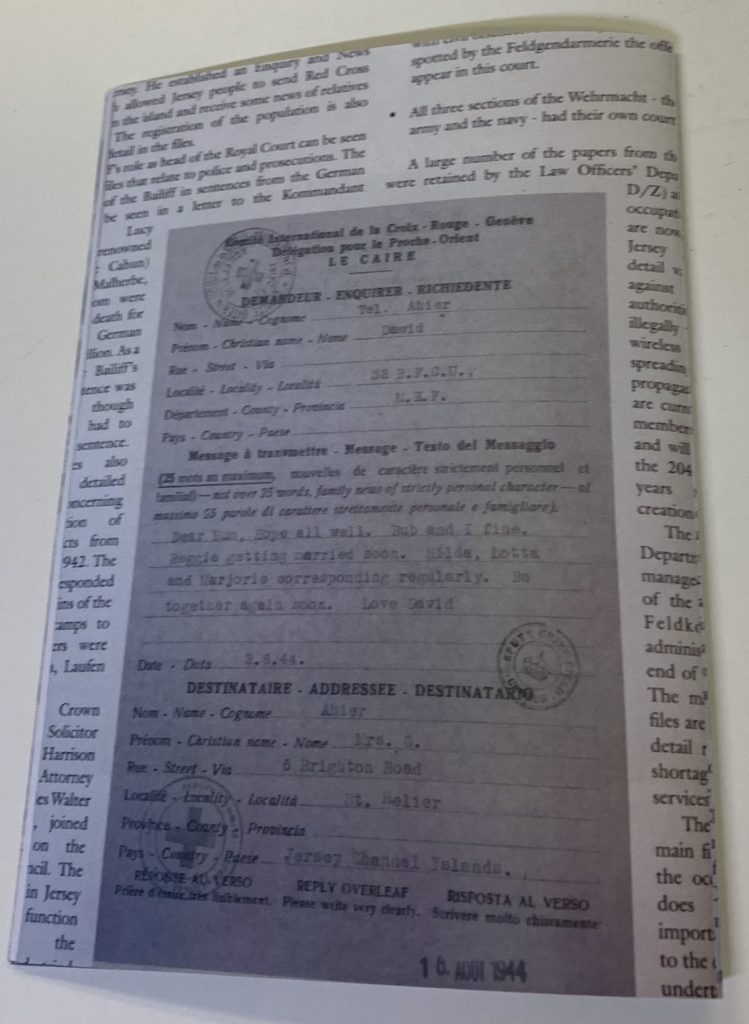









Born in 1885, Francis Foot had shown a fascination with photography and early gramophones not long after he first began working. Foot was based on Pitt street where his parents had a shop selling gramophones. Many of Foot’s photographs were turned into postcards, excluding the portraits.









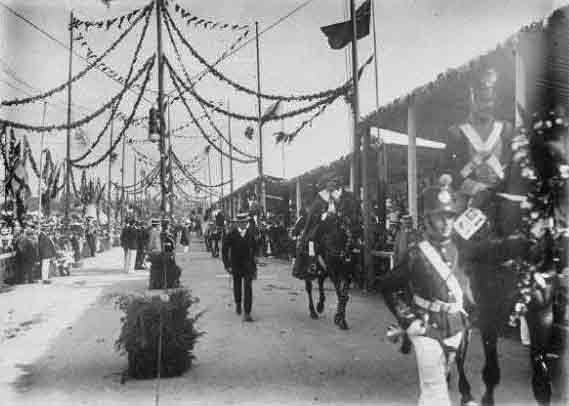
From 1905 onward, Foot was a regular visitor to the Battle of Flowers. He was one of the first photographers of the event to focus his images on the audience rather than the floats and the impressively decorated area.
The Jersey Battle of Flowers is an yearly parade that takes place along Victoria Avenue. The first Battle took place in 1902 to celebrate the coronation of King Edward VII. The Battle used to consist of removing flowers from their floats and throwing them into the crowd, however, this has since been stopped for health and safety reasons.
This image shows a part of The Battle arena in which the audience and overhead decorations can be seen. Additionally, people on horseback can been seen walking through the arena. What is particularly interesting about the image is that none of the floats are shown. This is consistent with Foot’s other photographs of The Battle. The presence of people walking along the arena suggests that the photograph was taken at either the beginning or end of The Battle. However, due to the lack of flowers littering the floor, the start of The Battle is more likely.
Occupation VS Liberation
Welcome back after Summer break!
This autumn term we will be continuing to explore the Occupation of Jersey with a focus on personal stories through either family connections or islanders who experienced the German occupation up close.
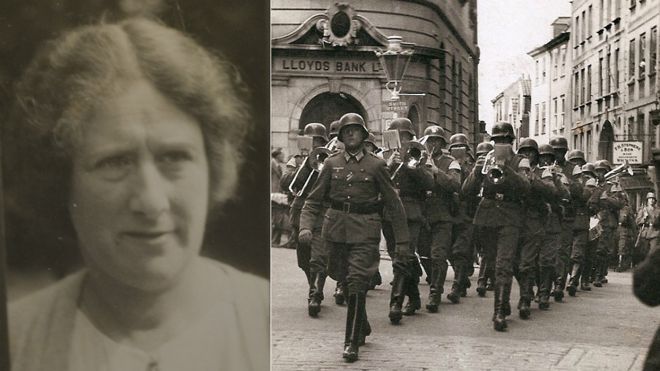
OVERVIEW
The first three weeks will be based around PORTRAITURE and improving our skills to photograph people, including working with studio-lighting. We will be photographing islanders who lived through the German occupation in the studio and listen to them telling personal stories and recounting memories from both the occupation and liberation of Jersey.
Each person will be recorded using photography, video and sound.
Jersey Archive: To support our understanding we will begin by visiting Jersey Archive where German Occupation Registration Cards are kept. They are a set of unique documents that show the faces, backgrounds and communities of people of Jersey who lived under the German Occupation. We will also be looking at private collections from Jersey residents.

German Registration Cards: Wishing to control the movements of the civil population, the German authorities made it compulsory for everybody to be registered under the Registration and Identification of Persons (Jersey) Order, 1940. This registration process required the collation of personal details concerning everyone within the island. Every islander was then issued with his or her identity card whilst the German authorities kept an official set which is now at Jersey Archive. The specific information collected includes name, maiden name, address, date and place of birth, occupation, any militia experience and distinguishing features. Children under the age of fourteen were recorded on the back of their father’s card. As a result a set of cards was created which recited a great deal of personal information together with a photograph of each adult. They were updated regularly with details added if people moved or had more children and as soon as children reached the age of fourteen they were issued with their own card.
During the occupation it was forbidden to photograph and any islanders caught with a camera would be arrested. The German forces used their own army photographers to record their time spend in Jersey. The Bundes Arkiv is the depository of these images which we looked at the Societe Jersiaise Photo-Archive in June.
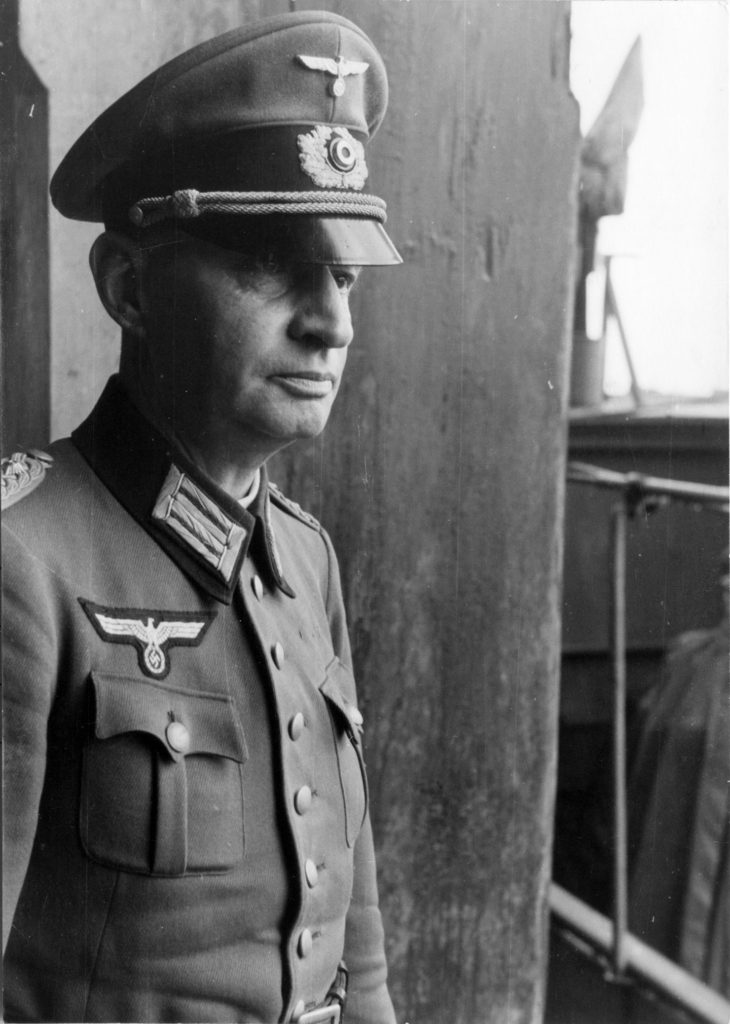
Here is a link to folder with images: M:\Departments\Photography\Students\Occupation of Jersey\SJ Photo Archive\Bundes Arkiv
Here is a PLANNER for a full overview of what you are required to do in the next 4 weeks. You are required to self-monitor your progress and will be asked to upload Tracking-Sheet with an update on a weekly basis to your blog.
This unit requires you to produce an appropriate number of blog posts which charts you project from start to finish including research, planning, analysis, recording, experimentation, evaluation, and presentation of creative outcomes.
Week 1: 5 – 8 Sept
Artists References
Complete the following blog posts
RESEARCH > ANALYSIS
ARTISTS – REFERENCES: In preparation for next week’s portrait studio shoot, choose two portrait photographers, one from Societe Jersiaise Photo-Archive and one contemporary from the Archisle Contemporary Programme. Explore discuss, describe and explain key examples from their work on portraiture done in Jersey.
Compare and contrast their approaches , outcomes and follow these steps:
1. Produce a mood board with a selection of images and write an overview of their work, style and approach to portraiture.
2. Select at least one image from each photographer and analyse in depth using methodology of TECHNICAL>VISUAL>CONTEXTUAL>CONCEPTUAL
3. Incorporate quotes and comments from artist themselves or others (art critics, art historians, curators, writers, journalists etc) using a variety of sources such as Youtube, online articles, reviews, text, books etc.
4. Make sure you reference sources and embed links to the above sources in your blog post.
SJ Photo-Archive – historical context
Henry Mullins
Clarence P Ouless
Ernest Baudoux
Francis Foot
William Collie


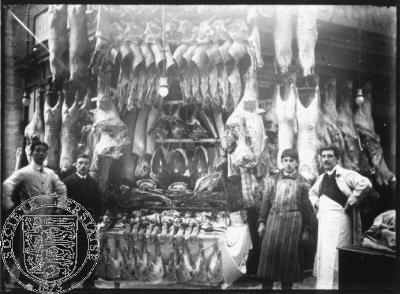

Archisle – contemporary approach
Michelle Sank: Insula
Martin Parr: Liberation
Yury Toroptsov: Fairyland
Martin Toft: Atlantus, Masterplan and Becque a Barbe




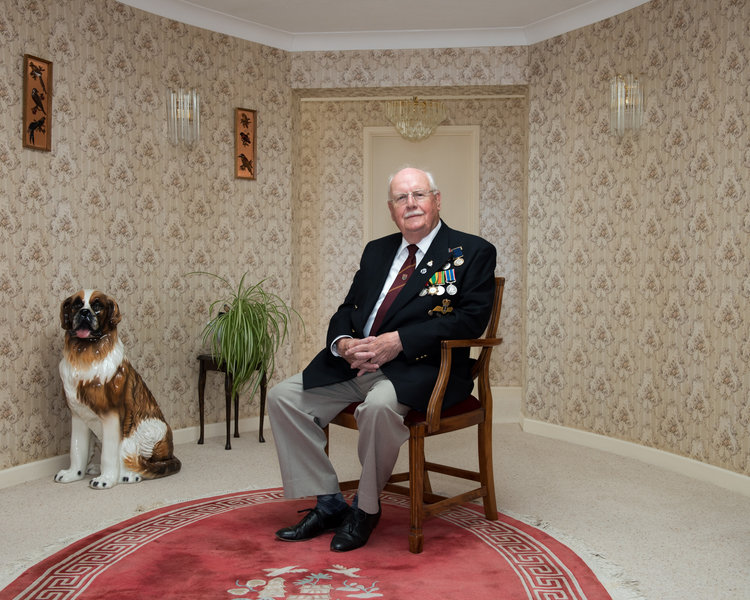

Week 2: 9 – 15 Sept
Jersey Archive + Jersey War Tunnels
Complete the following blog posts
RESEARCH > ANALYSIS
Site visit: Jersey Archive – Mon 9 Sept
1.Explain the role and purpose of Jersey Archive as custodians of the island’s public record.
2. Explore the background to German Registration Cards select one person from German ID Cards and produce a blogpost based on his/her story.
3. Explore family relatives if possible and research personal story.
4. Editing: Upload and process images from photo-shoot at Jersey War Tunnels using Lightroom and make a rough edit of 8–10 images.
PHOTO-ASSIGNMENT 1: Home Sweet Home
Environmental Portrait
Candid portrait
DEADLINE: Wed 25 Sept
Week 3: 16 – 22 Sept
Photoshoot of Occupation Survivors
Complete the following blog posts
RESEARCH – ANALYSIS
From notes and testimony, produce a blog post based on survivors’ personal story, recollection and memory – illustrate with images.
Extension: Explore family relatives if possible and research personal story linked to the German occupation of Jersey or World War II, in general, if not Jersey born.
Here is a link to video interviews with islanders recounting memories and experience from German Occupation from Jersey Archive website
PLANNING > RECORDING
Photoshoot: Studio Portraiture – Mon 16 Sept
1. Lighting: Different lighting set-ups
2. Recording: Headshots, half-body, full-body
3. Moods: Explore different moods, expressions, angles, framing
4. Editing: Upload and process images from photo-shoot using Lightroom and make a rough edit of 8–10 images
PHOTO-ASSIGNMENT 2: Home Sweet Home
Establishing shot
Detail shot
DEADLINE: Wed 8 Oct
Week 4: 30 Sept – 6 Oct
Developing and Experimenting
Complete the following blog posts
DEVELOPING > EXPERIMENTING
PHOTO-ASSIGNMENT 3: Home Sweet Home
Interior
Exterior
DEADLINE: Wed 22 Oct
SIGNIFICANCE OF THE DOCUMENTS:
All these documents have a big significance as they all date to pre-soviet Latvia when the government was controlled by the USSR.
From the mid-1940s Latvian Soviet Socialist Republic was subject to Soviet economic control and saw considerable russification of its peoples. However, Latvian culture and infrastructures survived and, during the period of Soviet liberalization under Mikhail Gorbachev, Latvia once again took a path towards independence, eventually succeeding in August 1991 to be recognized by Russia the following month. Since then, under restored independence.
in the images below you can also see one of my mothers pre and post soviet union passports, being wildly different from one another. The passport system in the Soviet Union restricted migration of citizens within the country through the “propiska” (residential permit/registration system) and the use of internal passports. For a long period of Soviet history, peasants did not have internal passports, and could not move into towns without permission. Many former inmates received “wolf tickets”and were only allowed to live a minimum of 101km away from the city boarders. Travel to closed cities and to the regions near USSR state borders was strongly restricted. An attempt to illegally escape abroad was punishable by imprisonment for 1–3 years.
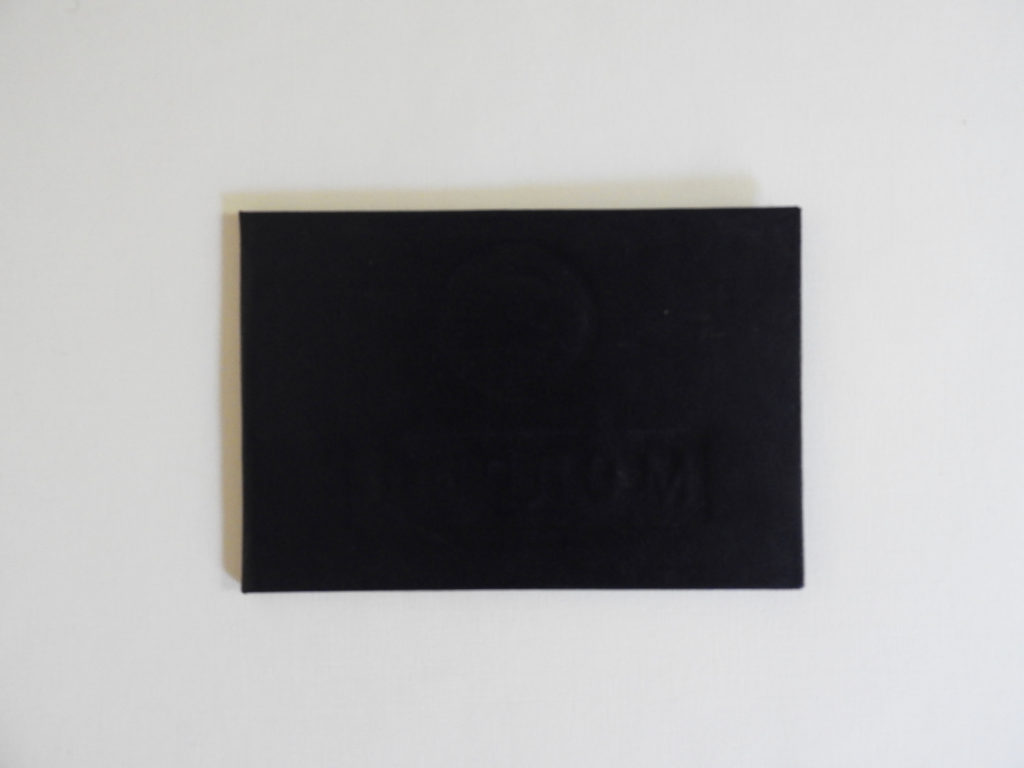

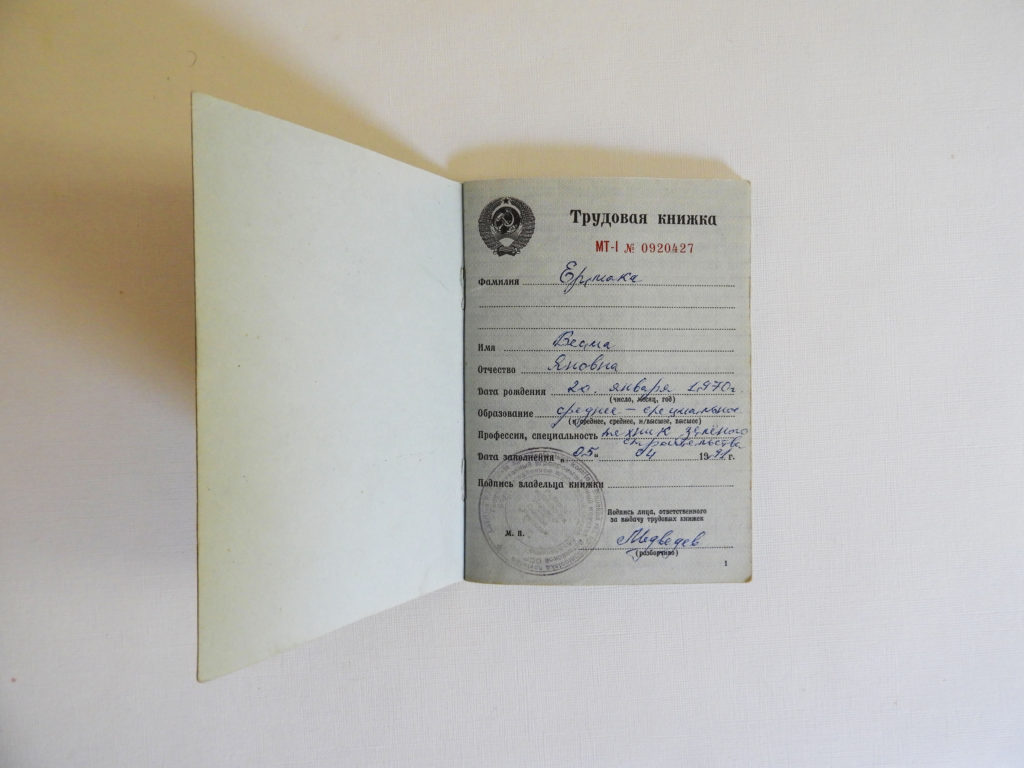
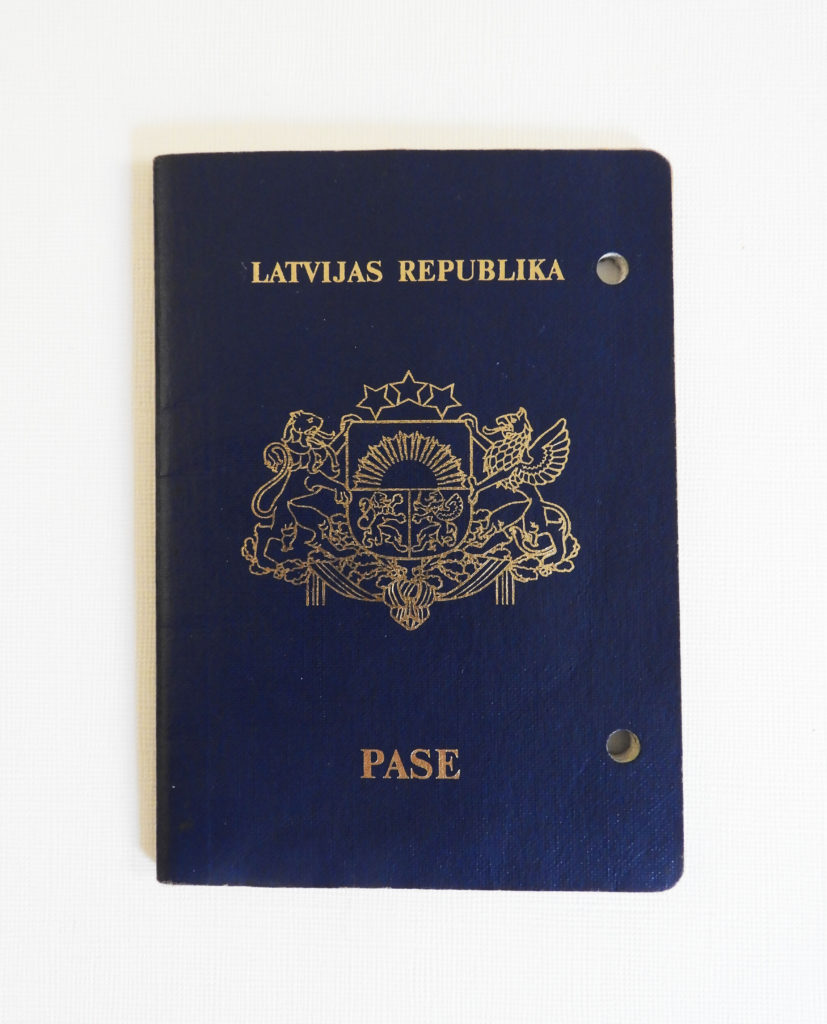

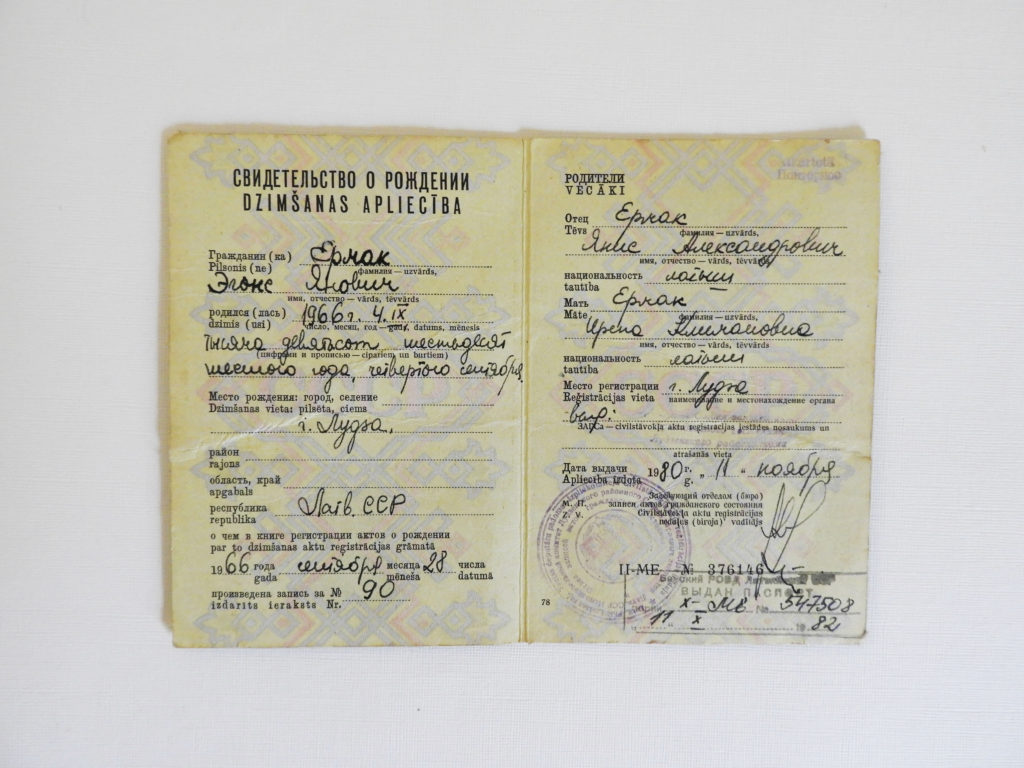

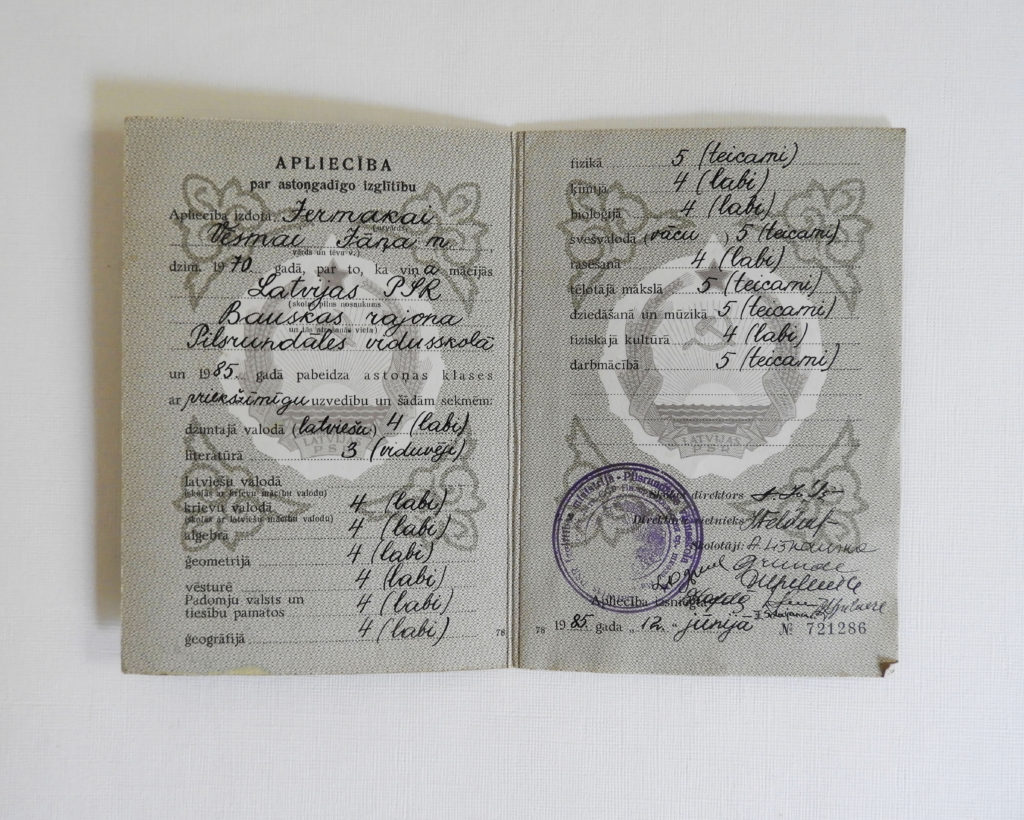

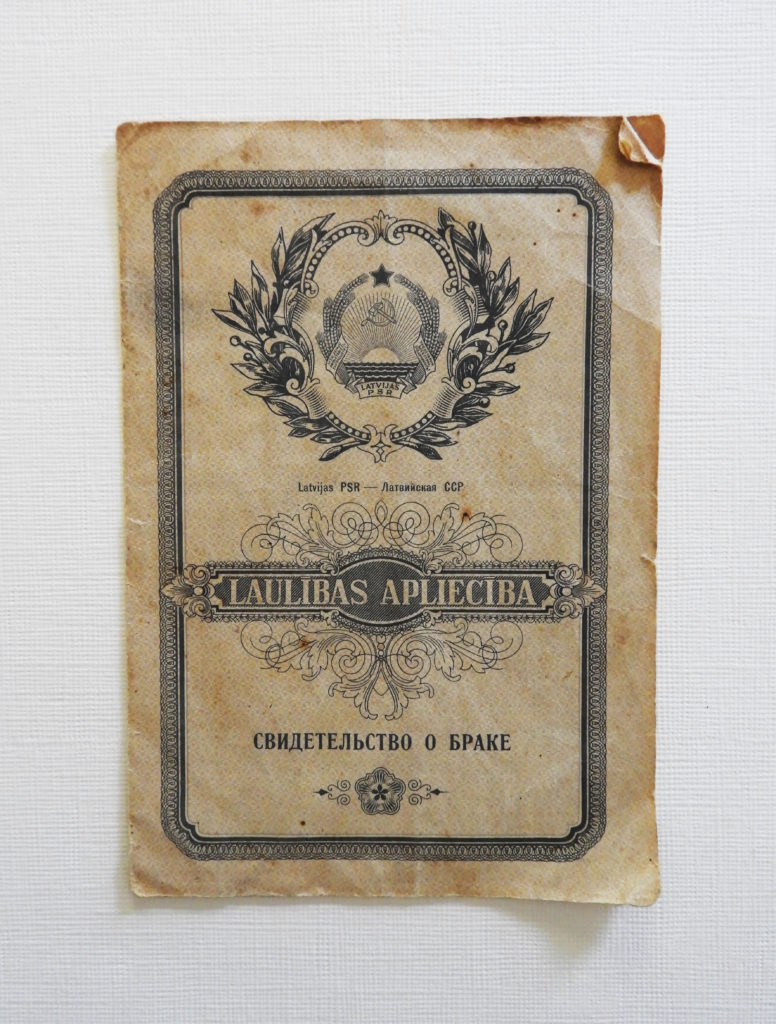
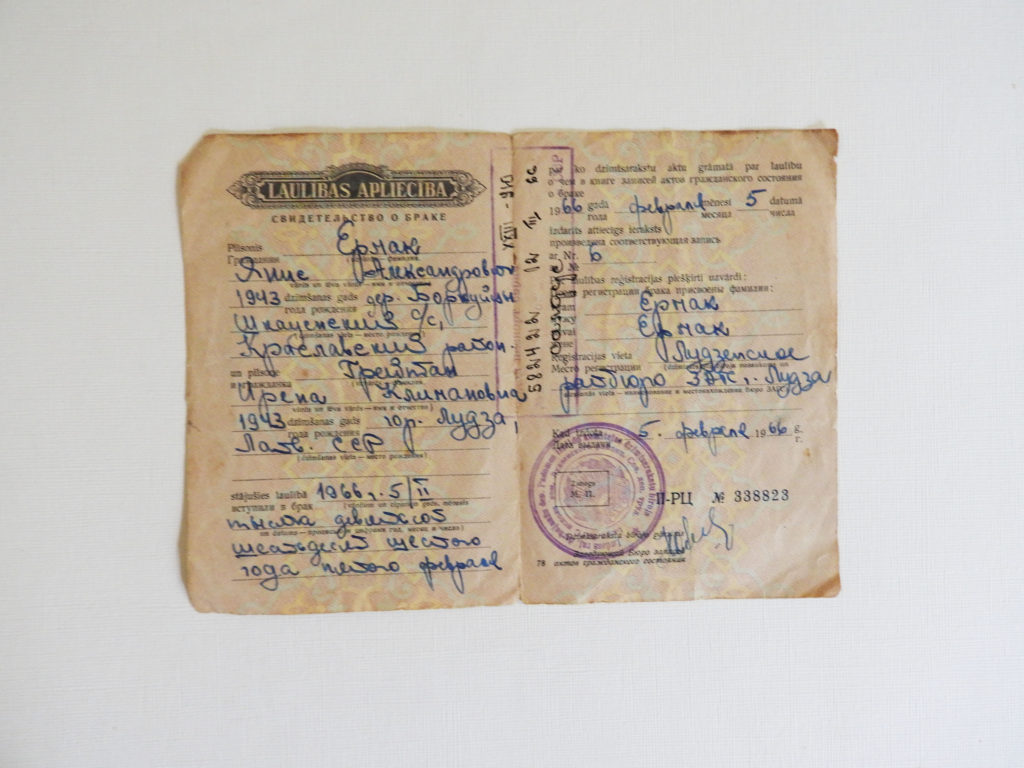
WHAT I AM FOCUSING ON:
After a family holiday back the country I was born in, Latvia, we brought back an abundance of family photos, some dating back to the 1950’s during the peak of the soviet union when war and conflict ruled the lives of people in the Baltics and even my immediate family. I am very passionate about exploring my own family heritage and especially that of my grandparents as I was very young when they both passed away and I never had the chance to hear those quintessential “stories from when we were younger”. Imagery and personal archives I feel are a great way to explore the past and hear those stories in a visual form as even the images which I included below, hold a lot of memories and gravity to them even though they are very simple and unassuming in nature.
LATVIAN HERITAGE;
These are the three main areas of focus in my work from now on, and information about them.
Identification.Baltic tribes arrived in what is now Latvia from the Pripet marshes around 1000B.C.E.These included the Lettgalians, and the termLatvjuderives from the peoples and province ofLatgale. The most important minority group was the Baltic Germans, who settled there in the thirteenth century. Jews arrived in the seventeenth century. A sizable Russian community moved to the cities, particularly Riga. The polarization of cultural identification in terms of Latvian and Russian is primarily a rural-urban divide.
Location and Geography.Latvia lies on the eastern shores of the Baltic sea, with an area of some 25,100 square miles (65,000 square kilometers). The capital, Rīga, lies at the mouth of the Daugava River. Latvian lands form an extension of the great plains of Russia. Latvia’s importance as a mediator between east and west was recognized in 1710, when the capture of Rīga afforded the tsar Peter the Great “a window on the west.”
Demography.Urbanization, war, and the Soviet occupation have been the major sources of demographic change. Until the Soviet occupation Latvia was a predominantly rural society. World War II and Soviet occupation brought about massive changes. The German occupation resulted in the extermination of the Jewish population as well as thousands of Latvians. The Soviet occupation led to the loss of 250,000 Latvians through exile and death. At present ethnic Latvians account for 56 percent of the population.
MY FAMILY HERITAGE:

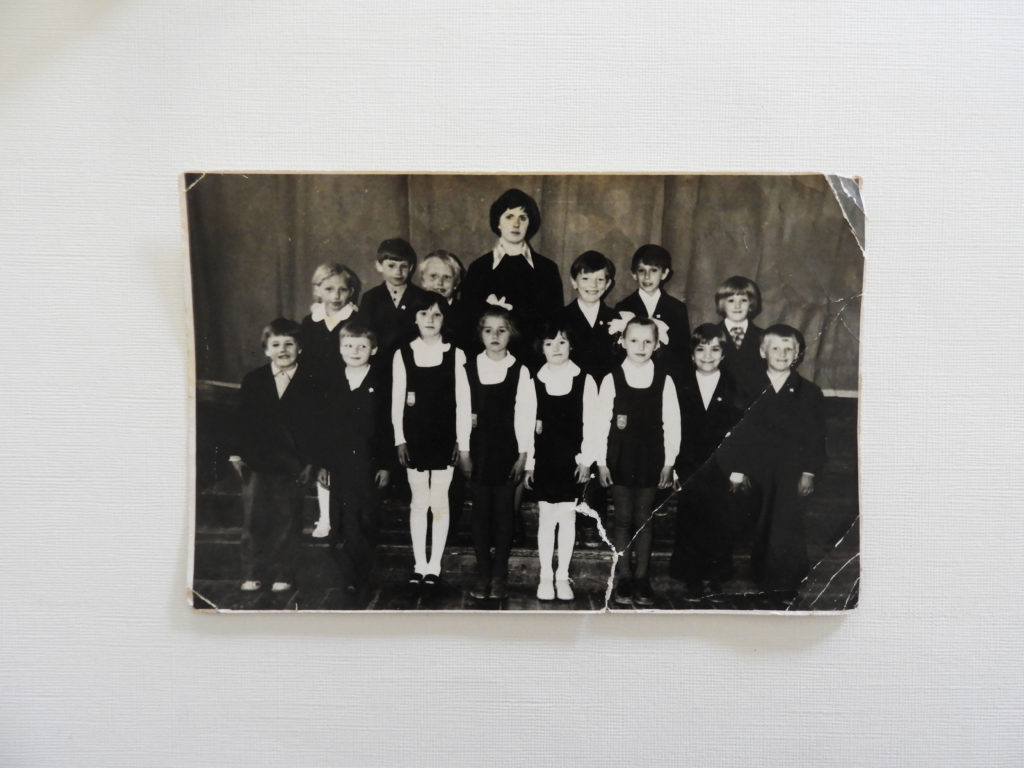
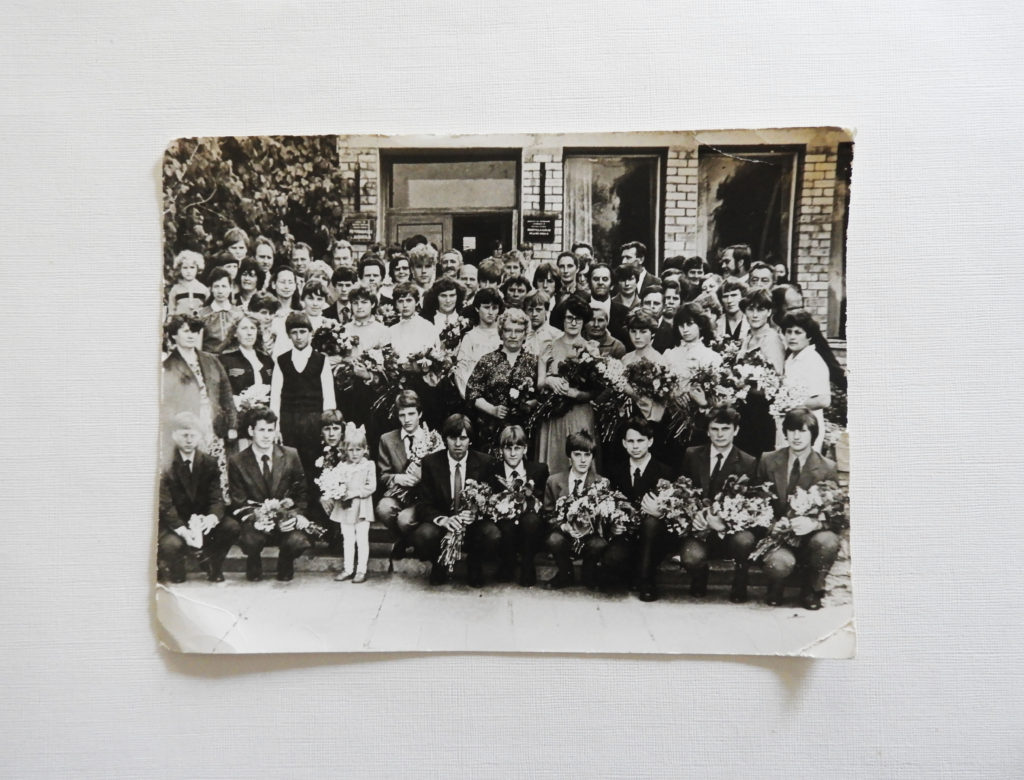
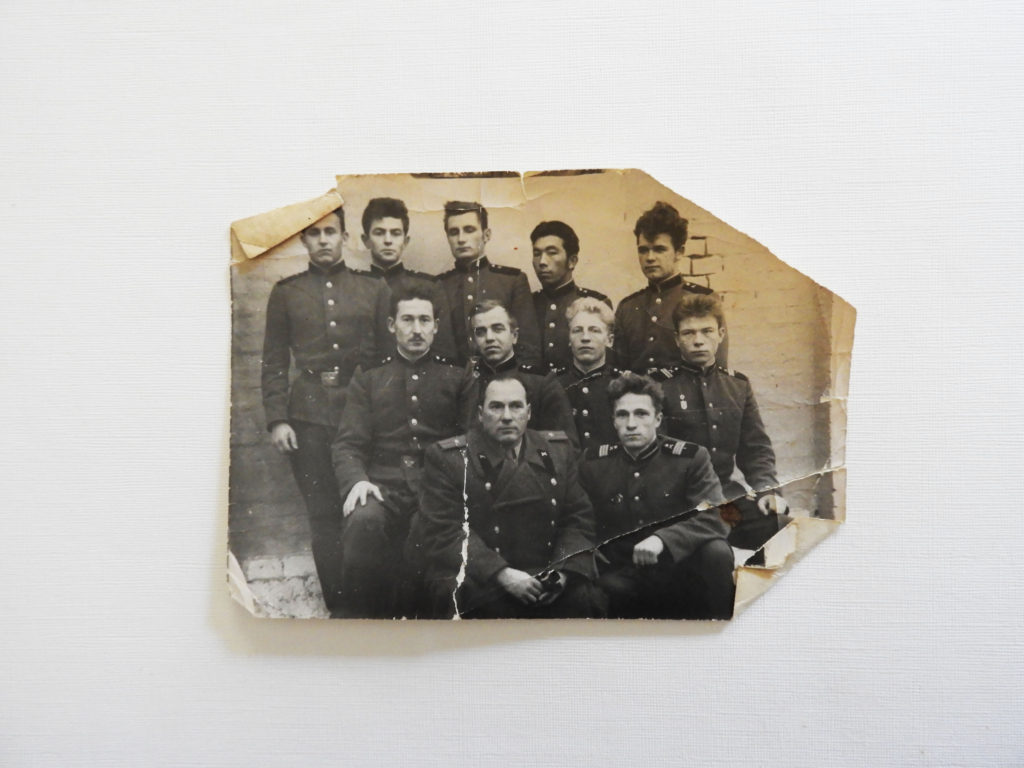
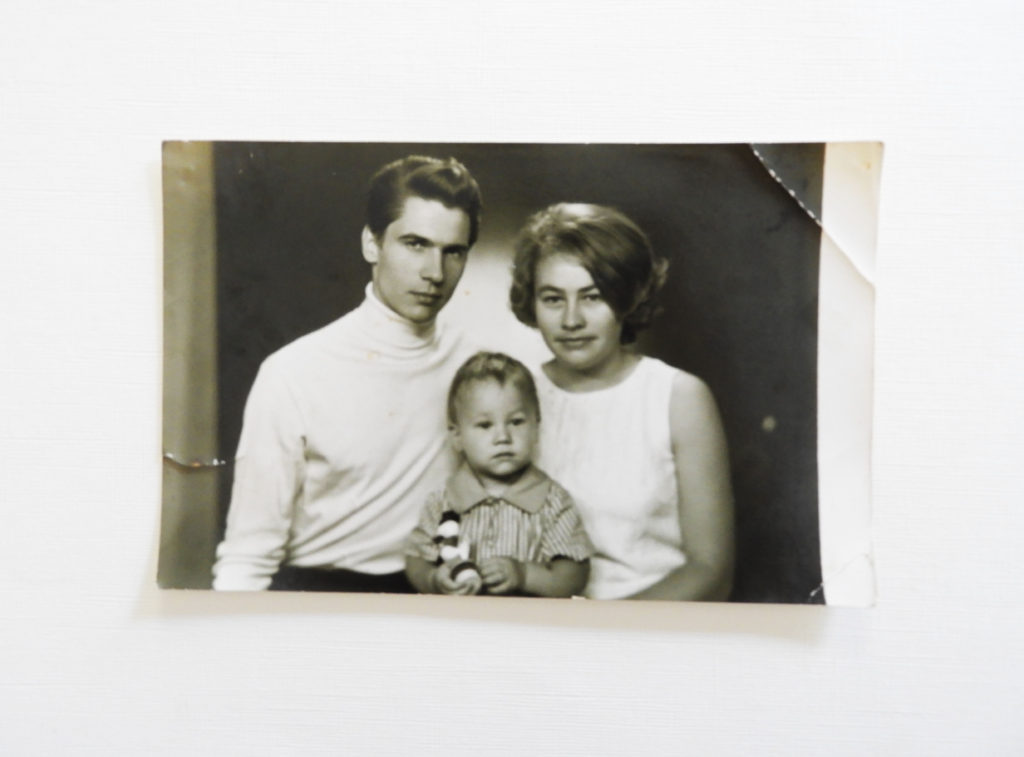

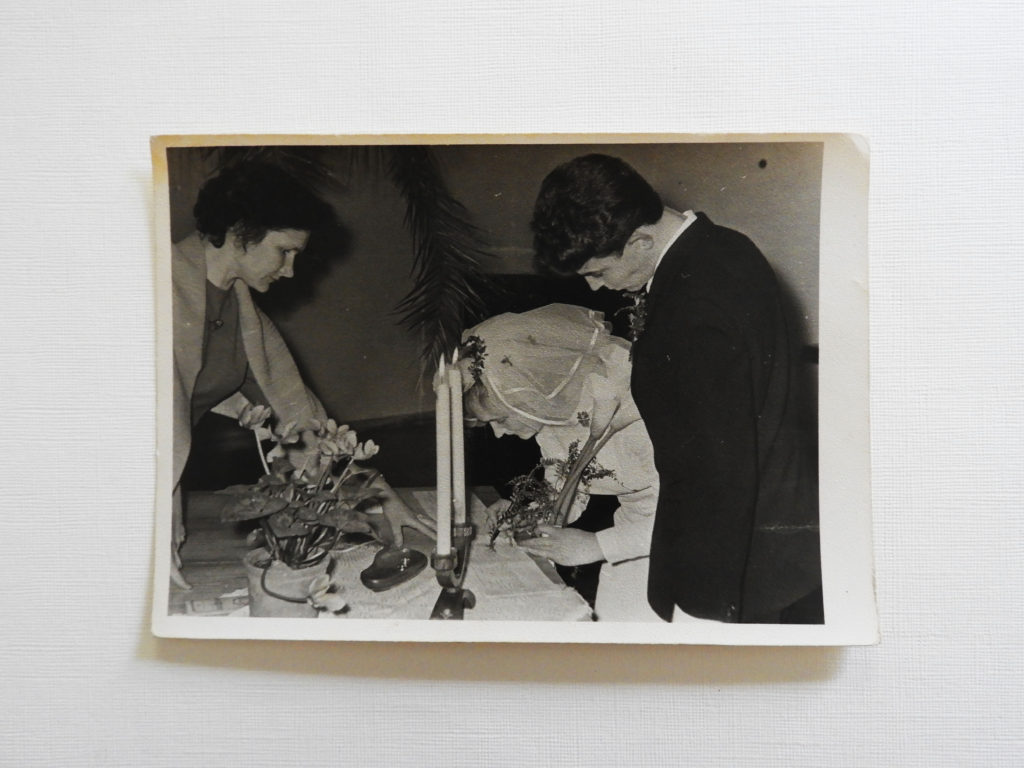
CONTACT SHEETS:
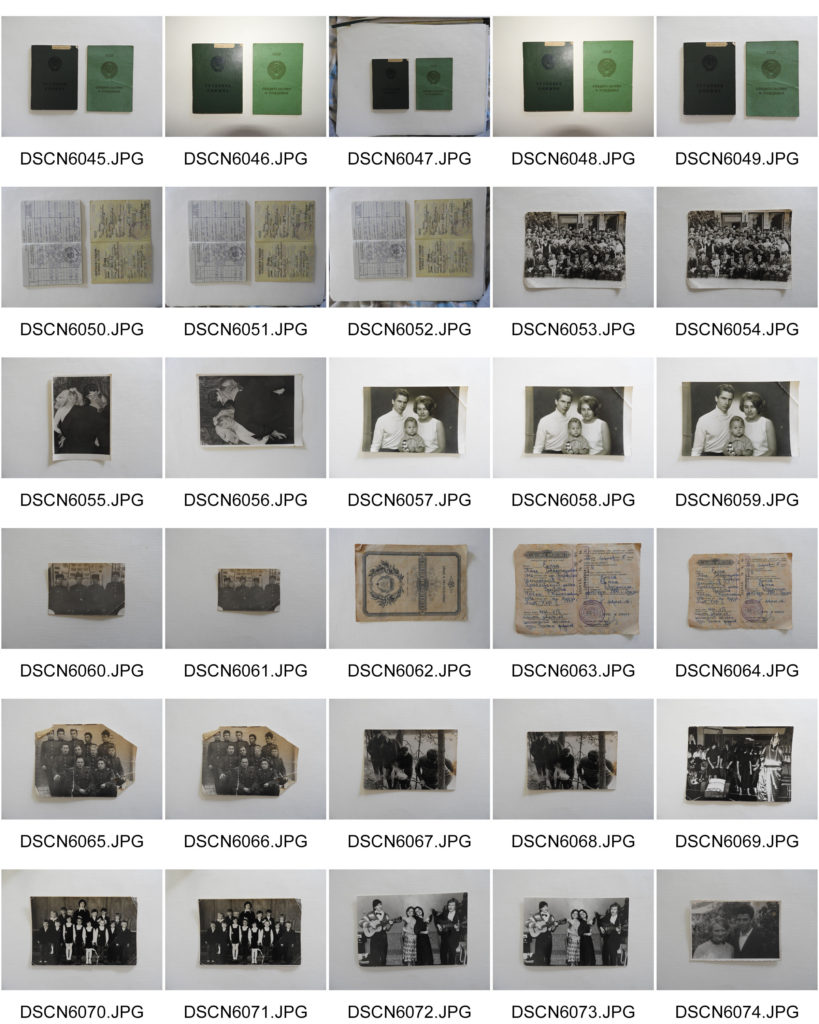


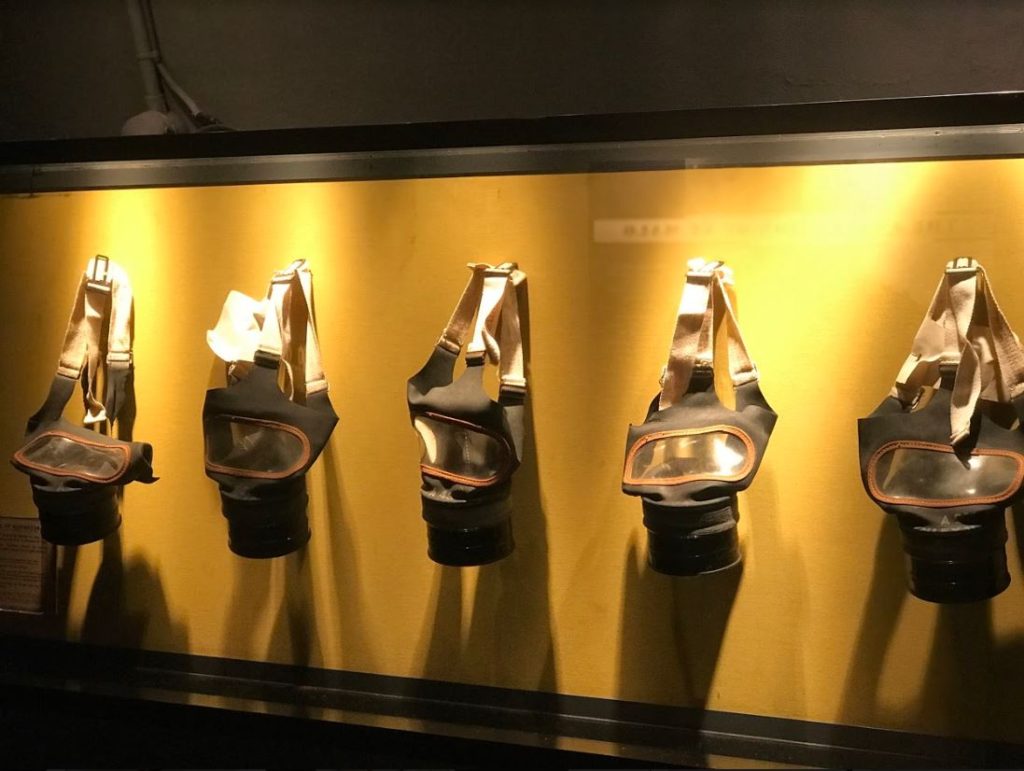


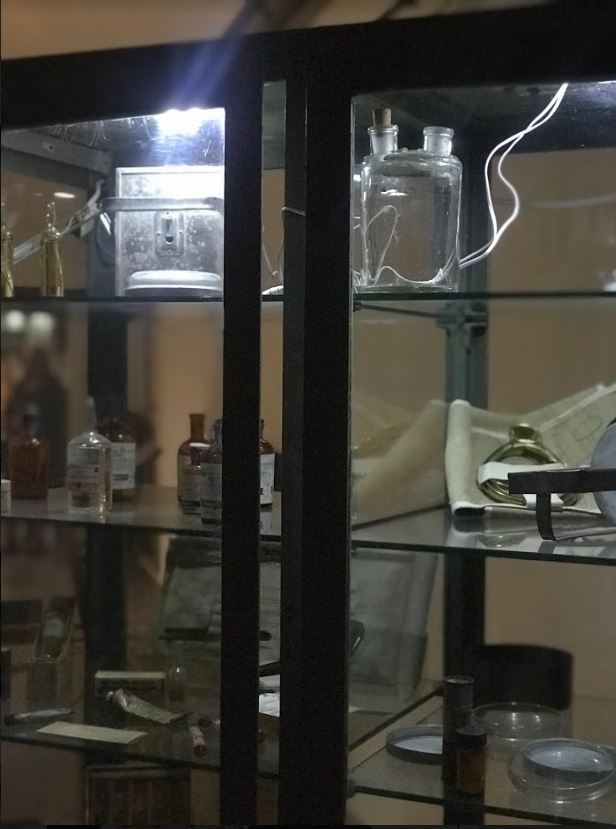



Jersey Archives was established to be a part of Jersey Heritage in 1993. Jersey Archives purpose is to preserve the written and unique heritage of Jersey so that future generations can use the archival materials to learn both the history of the island and their family heritage. Since 1993 Jersey Archives has collected over 300,000 archival records from public and private establishments. 180,000 peoples records.
Items within the Archive Include:
Church records, Official States of Jersey records, Records from clubs and associations, Business records, General records, private records, maps of Jersey. Charters, Correspondence to and from the States of Jersey, Occupation registration cards, German solider records, Red Cross letters, Artwork & Portraits, Letters sent after the Liberation, Photo albums of the Liberation.











Evaluation:
To evaluate my zine design, I believe I have produced a strong outcome which showcases my work following my intended narrative. To begin with my front cover takes inspiration from the bunker green books made by the German’s during the second world war, which showcases my ability to take inspiration and implement said inspiration into my work for an intended affect. The sequencing of my imagery within my photographic zine works well, as it clearly showcases my narrative, the decay of Jersey’s bunker’s and how nature is taking back its land, and each image compliments one another with not having any miss fits within the design. My layouts are well thought out, as I have considered contrast, shape and how the images compliment each other, and work at different sizes. This process was not easy and my experimentation can be seen on previous blog posts, were I explored the layouts of different images. In my final design I decided to include text, which I believed to help convey my narrative, supporting the images in the story. I experimented with different fonts till I was happy with one which fit well with my images and presents an older time frame within my images. To conclude, I am very happy with my final design, as it showcases my strongest outcomes from my work so far, and shows my understanding of what makes a successful zine, which shows how I have acted upon my research.